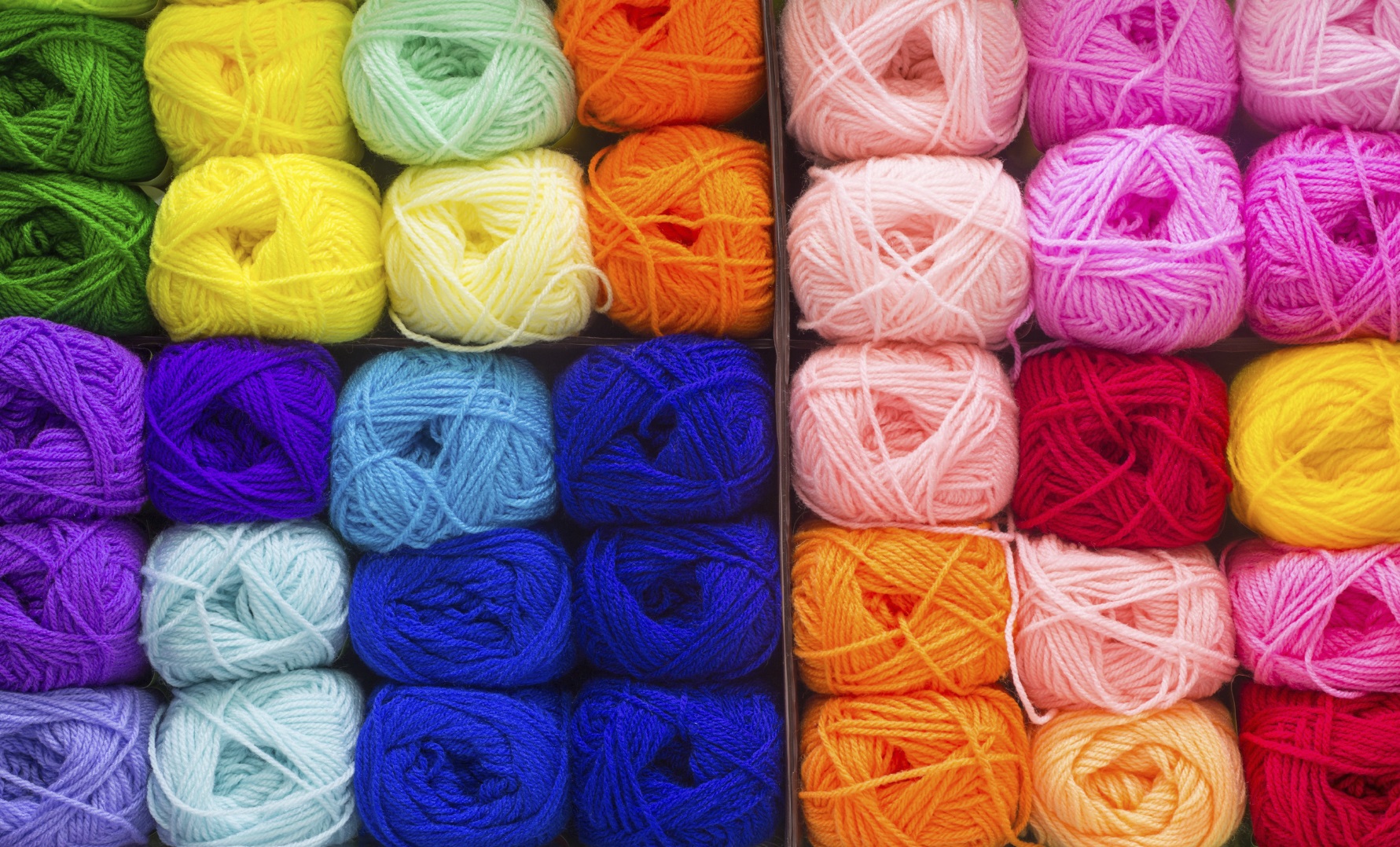
Fabric, yarn, towels, bedding and more. All of these textiles, which pertain to fabrics, are imported into the United States on a daily basis. China and India dominate the market for textile imports coming to the U.S. If you’re an importer of textiles it’s important to make sure you are complying with regulations. Here’s what you need to know.
Regulations for Importing Textiles
The U.S. Customs and Border Protection (CBP) requires that all textiles, including clothing apparel, have labels that outline their content and instructions for care.
All textiles must:
- Include labels displaying the country of origin
- Include fiber content
- Include manufacturer identity
Who Regulates Textiles?
Expect the textiles you import into the U.S. to be inspected. A lot. That’s why it’s important to make sure your imported textiles have the proper labels in order to pass inspections from a number of agencies. While the CBP has first dibs on your textile inspections, other agencies also help pave the way for your imports, including:
- Consumer Product Safety Commission (CPSC) – The CPSC tests clothing for flammability regulations.
- Environmental Protection Agency (EPA) – The EPA tests for pesticides and toxic substances.
- Federal Trade Commission (FTC) – The FTC analyzes clothing and labels.
- U.S. Department of Agriculture (USDA) – The USDA inspects organic clothing claims.
Label Law Loophole
It’s not possible to put labels on every textile imported into the U.S. Think yarn or string. For these kinds of products, the CBP mandates that the packaging must include a label with the product’s country of origin.

Determining Country of Origin for Mixed Products
There are many textiles being imported into the U.S. with mixed products from different countries. Think of a blouse made in Italy out of Chinese silk. When classifying textiles for import, it’s important to document the following on your label:
- Material of composition, such as wool, silk, fiber, etc.
- The origin of the material
- The country where it was manufactured
- The end use of the textile product
Textile Tax Designation
Textiles and textile products have their own section in the Harmonized Tariff Schedule. There are several sections for textiles, so it’s very helpful to work with a licensed Customs Broker in order to help register your textiles so you receive the proper classification and the proper assigned tax, or duty, for your textile imports. Taxes for imported textiles vary on the materials and their value.
Seeking cost clarification for your imported textiles? Here’s a duty calculator you can use to crunch the numbers.

Achieve Textile Import Clearance Success
Working with a Licensed Customs Broker is the best way to make sure your textile imports pass inspection and overcome potential import process hurdles. AFC International will oversee the entire apparel import process, making sure you stay compliant so you can stay focused on importing more textiles. Call us at 800-274-2329 or get a quote today to get started!

